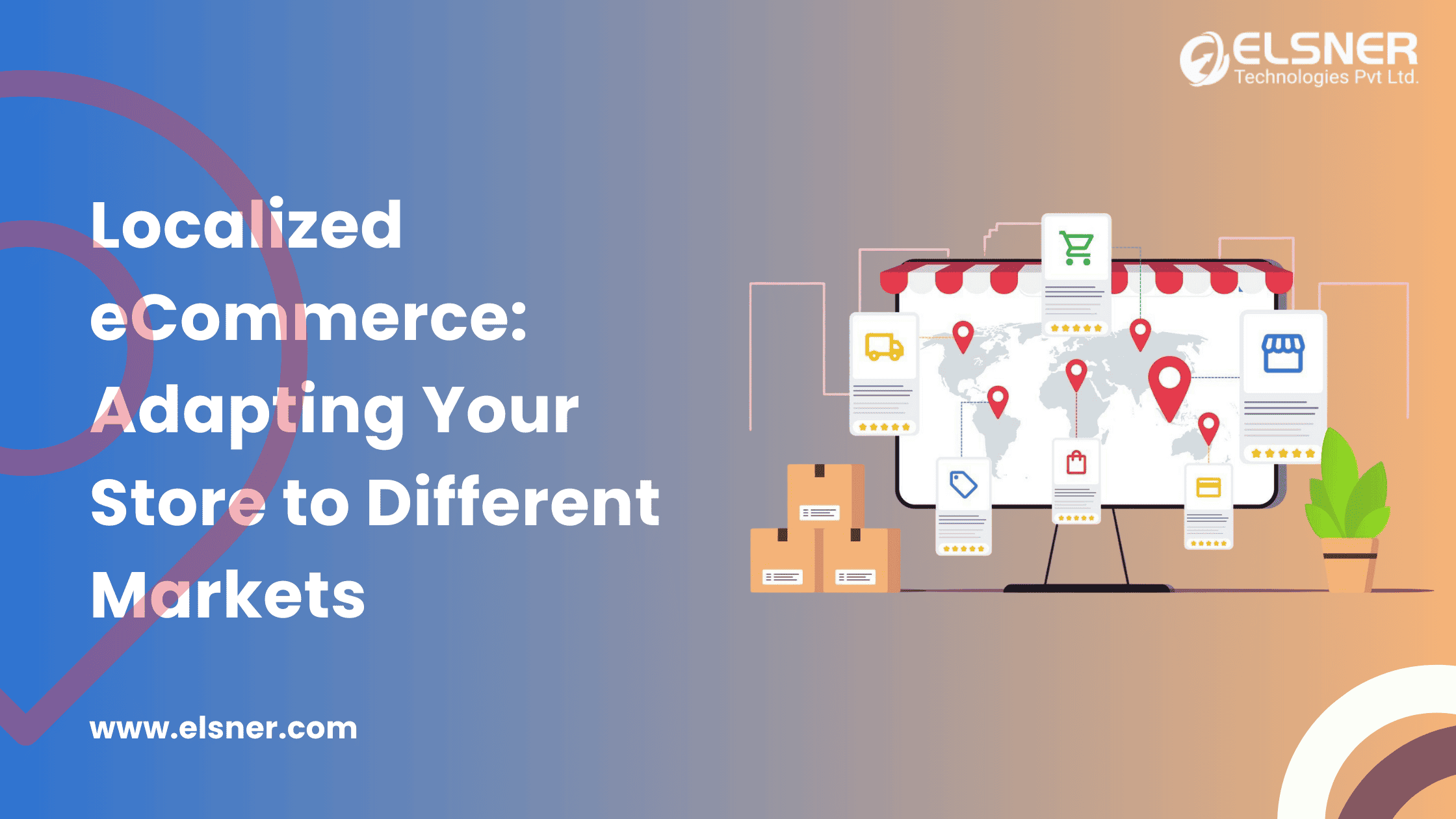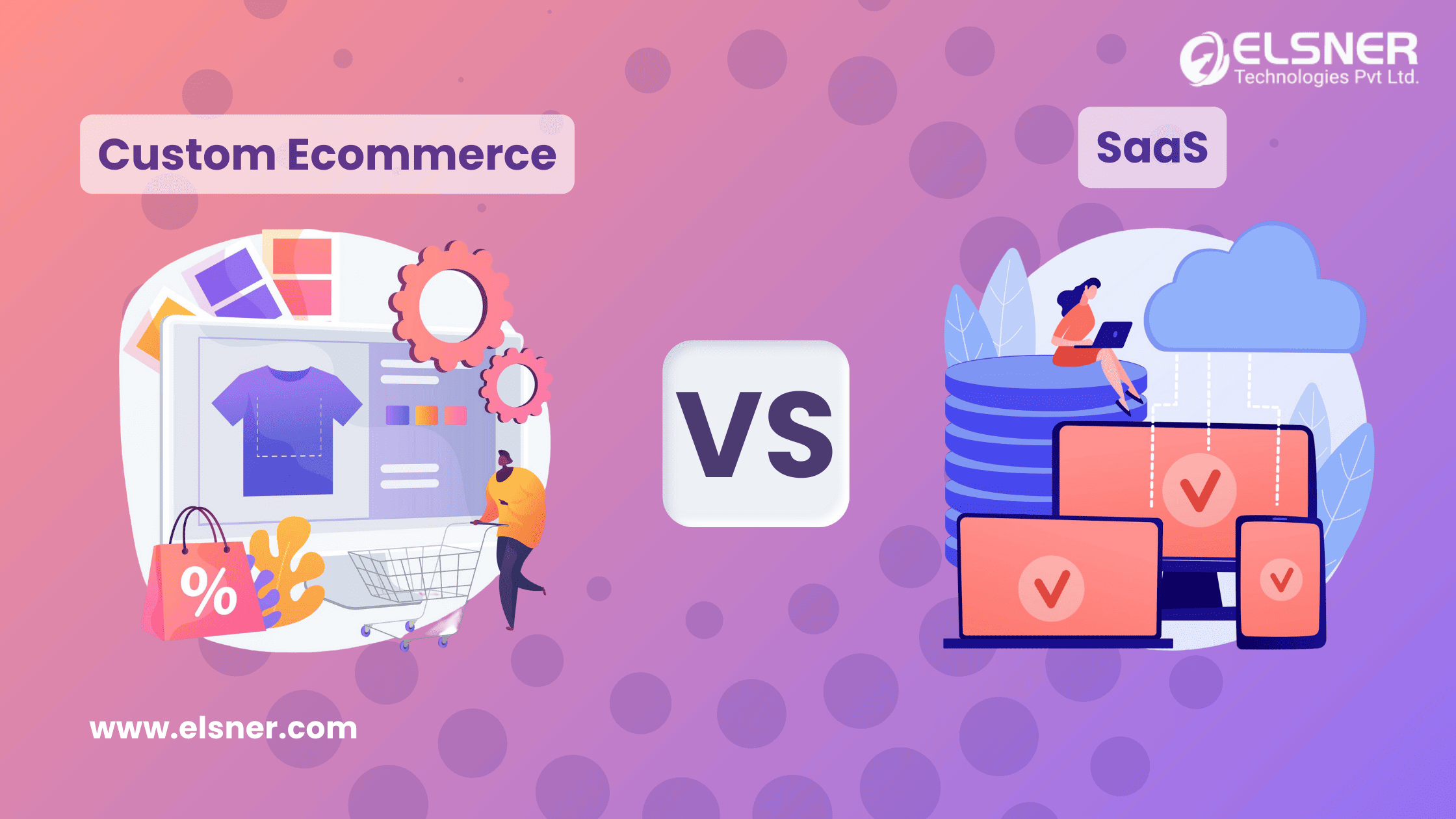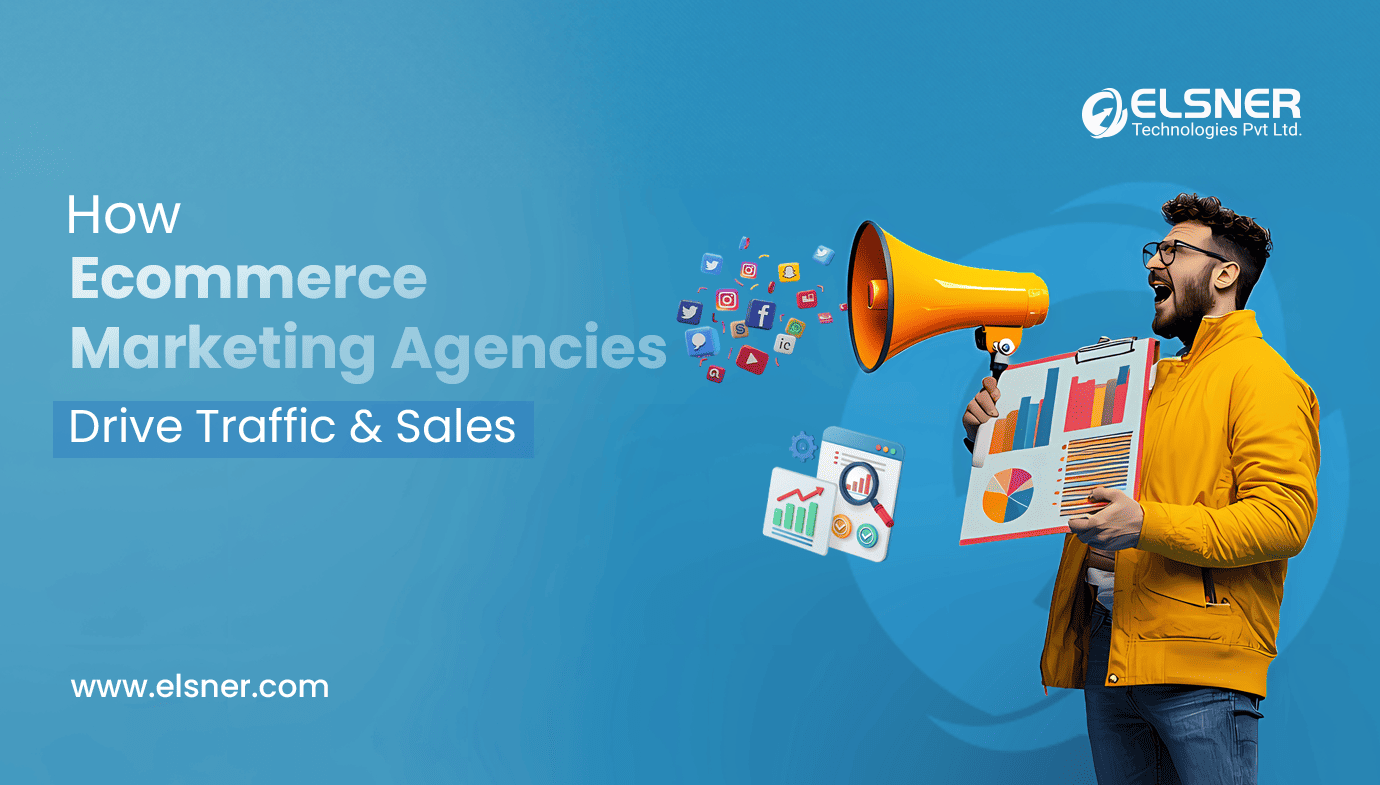Do you want to bring your Ecommerce dreams to fruition and win in the digital marketplace? If so, all that you need is to focus on crafting an attractive digital storefront. Whenever you focus on this aspect, it becomes easy for you to attract consumers. In case you’re confused and don’t know how to build a digital storefront, then you’ve definitely come to the right spot!
Here we will walk through that step by step procedure. So, before you contact an Ecommerce website development company, you should read this blog post from start to finish. Let’s start with:
What Does Ecommerce Development Entail?
Ecommerce website development generally encompasses crafting and managing digital storefronts where businesses focus on revealing their services or products. These are known for facilitating transactions with customers over the Internet. Attaining Ecommerce growth remains key to expanding market reach, boosting sales, and increasing customer engagement. If you want to reap advantages, then opting for Ecommerce development solutions that are provided by a well-known company is a good idea.
What are the Major Steps in Ecommerce Development?
When you are planning to choose Ecommerce development services, be conversant with the basic steps involved in the process. So, let’s find out:
Step 1# Selecting the Appropriate platform
The first and the most important step in Ecommerce development involves choosing the right platform. It is a key step to follow for building your digital storefront. Many Ecommerce platforms are present in the market to choose from. Each of these comes with distinct features, pricing structures, etc. Some acclaimed options are Magento, WooCommerce, Shopify, and BigCommerce. In this regard, it is important to note that each of these platforms best meets specific business needs and preferences.
Important Factors to Consider While Choosing a Platform
Whenever you look for the ideal Ecommerce development platform, certain factors to take into consideration include the following:
- Cost: You should essentially evaluate the pricing plans and the fees associated with each of the platforms. Considering factors such as hosting costs, transaction fees, and additional plugins or add-ons will go a long way in this aspect.
- Customization: You should evaluate the level of customization that is provided by each of the platforms. It entails the ability to modify templates, themes and functionality so that it best caters to your business needs and brand identity.
- Scalability: The next thing that is worth considering is the scalability options that are offered by the platform so that it can accommodate future growth and expansion of your Ecommerce business.
- Integrations: You should look for Ecommerce platforms that are known for providing smooth integrations with 3rd party services and tools. This entails payment gateways, shipping providers and marketing automation platforms.
Therefore, choosing the right ECommerce platform acts as the foundation of your digital storefront and greatly affects its scalability, efficiency, and overall success. For this reason, you should do thorough research and examine the features and capabilities of each platform before making a final decision. If you need any related aid, you can get in touch with top Ecommerce developers.
Step 2# Designing Your Digital Storefront
Now that you’ve chosen an Ecommerce platform, the next step is to set up your digital storefront. In this regard, you need to ensure that it provides your customers with an easy and enjoyable shopping experience. UX or user experience design plays a vital role in attracting visitors and effectively guiding them through the buying process. It ultimately helps in converting them into loyal customers.
Why is it Important to Focus on User Experience Design?
Here are the key reasons why it is a good idea to go for a UX design:
- First Impressions: It is the design of your website that provides your customers with a first impression of your brand. Therefore, it is important to have a storefront as it can build recognition and confidence. Also, it influences visitors to explore further.
- Mobile Responsiveness: With the rising prevalence of mobile devices, it becomes important to make sure that your digital storefront is well-optimized for mobile browsing. So, you just need to adopt the methods that work. This allows you to ensure that your site can easily adapt to different screen sizes and devices. Thus, it helps to deliver a consistent user experience across platforms.
- Ease of Navigation: Intuitive navigation plays a key role in assisting users to discover products effortlessly and rapidly. Clear search functionality, menus and categorization of products are known for effectively improving usability and reducing friction in the shopping journey.
Customization Options and TemplatesMost Ecommerce platforms are known for offering a variety of customizable themes and templates so you can customize the look and feel of your digital storefront according to your brand identity. Whether you are looking for a design that is traditional and elegant or sleek and modern luxury, this particular template will provide a solid foundation to build your Ecommerce store.
Welcome to My Store
“`
▲
So, tailoring your digital storefront lets you differentiate your brand and craft a memorable shopping experience for your customers. Also, by incorporating elements of visual design, branding and usability, you can effectively reveal your products and convey the unique identity of your brand to visitors.
Step 3# Implementing Secure Payment Systems
Whenever it comes to Ecommerce website development, it becomes highly important to focus on the security aspect. It is especially because, as an Ecommerce business owner, you need to handle sensitive customer information and process online transactions. So, all that you require is to implement secure payment systems for ensuring the protection of customer data. With this, you can effectively mitigate the risk of fraud which fosters confidence and trust among your customer base.
Integrating Payment Gateways
Payment gateways generally act as intermediaries between your Ecommerce store and financial institutions which facilitates the secure transfer of payment information during transactions. Some of the recognized payment gateways that one can consider choosing are Stripe, PayPal, and Authorize.Net. These options are known for providing solid security measures and effectively support different payment methods. It includes digital wallets, credit cards, and bank transfers.
Ensuring PCI Compliance
The PCI DSS or Payment Card Industry Data Security Standard outlines a set of requirements for the secure storage, processing and transmission of credit card information. Therefore, as an Ecommerce business owner, you must comply with PCI DSS standards, if you engage in credit card transactions. Failure to comply could result in substantial fines and reputational damage. A professional Ecommerce developer will offer you the best tips related to this.
# Example of payment gateway integration
paypal = PayPal()
return paypal.process_transaction(amount, card_details)payment_amount = 100.00
card_info = {
“card_number”: “1234 5678 9012 3456”,
“expiry_date”: “12/26”,
“cvv”: “123”
}
transaction_status = process_payment(payment_amount, card_info)
“`
▲
However, integration of payment gateways into your digital storefront necessitates meticulous consideration of different factors. It includes supported currencies, transaction fees and compatibility with your Ecommerce platform. Not only that, but the implementation of encryption protocols like SSL/TLS facilitates safeguarding sensitive data transmitted between your site and the payment gateway. It further helps in improving the security aspect.
Step 4# Managing Inventory and Fulfillment
Some of the critical aspects of Ecommerce operations involve efficient inventory management and order fulfillment. This helps in ensuring product availability and on-time delivery to customers. Implementation of strong processes and systems for order fulfillment and inventory tracking operations facilitates reducing errors and improves customer satisfaction. To learn further, you can reach out to a leading product development company.
Inventory Tracking Systems
With an effective inventory tracking system, you can easily track inventory levels, automate packaging, and track consumption. No matter if you have multiple SKUs or a small list of niche products, using inventory management software is critical. This allows you to minimize overstocking, prevent stockouts and optimize inventory turnover.
Streamlining Order Fulfillment Processes
Order fulfillment typically entails the overall process from receiving an order to the product delivery to the customer’s doorstep. By effectively optimizing order processing, picking, packing, along with shipping workflows, it is possible to curtail fulfillment times, lower shipping costs, and offer customers with precise order status updates.
# Example of inventory management
def __init__(self, name, quantity):
self.name = name
self.quantity = quantitydef update_quantity(self, new_quantity):
self.quantity = new_quantityproducts = [Product(“T-shirt”, 100), Product(“Jeans”, 50)]def check_inventory(product_name):
for product in products:
if product.name == product_name:
return product.quantity
return 0product_name = “T-shirt”
available_quantity = check_inventory(product_name)
“`
▲
In a Nutshell
Thus, the above-mentioned ones are the key steps to follow for building a thriving digital storefront. However, to ensure your success in Ecommerce development, you should essentially adopt a holistic approach that effectively addresses different facets of online retailing. If you find difficulties implementing any of the above-discussed steps, all that you need is to hire Ecommerce developers. With this, you can make sure to achieve best-in-class outcomes.




